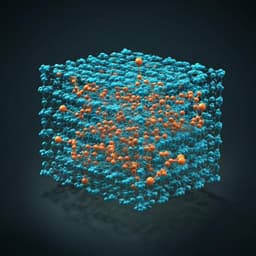
Engineering and Technology
Antifouling graphene oxide membranes for oil-water separation via hydrophobic chain engineering
C. Yang, M. Long, et al.
Explore groundbreaking research by Chao Yang and colleagues on engineered hydrophobic membranes that brilliantly balance antifouling properties with high-performance oil-water separation. Their innovative chain engineering strategy offers a potential leap forward in membrane technology, aiming for supreme efficacy and efficiency.
~3 min • Beginner • English
Related Publications
Explore these studies to deepen your understanding of the subject.







